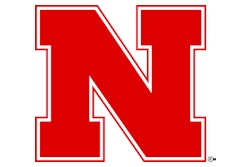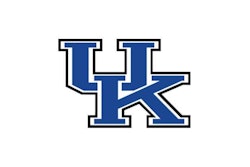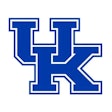Copyright 2017 Gannett Company, Inc.
All Rights Reserved
USA TODAY
There are two very simple truths in college athletics: Athletes are not being fairly compensated for the value they bring to their schools and conferences or the revenue that follows, and there is more than enough money to correct that.
The question is how to bridge that divide. Given the obscene amounts of money being paid to some conference commissioners and coaches, it's no longer a question that can go unanswered.
Cutting checks to the players is a non-starter, for reasons too numerous to mention, and that stance is unlikely to change anytime soon. But there are other ways to compensate these athletes in a way everyone can find agreeable, largely by expanding benefits they already get.
Pay for athletes' families to accompany them on recruiting visits. Provide health care beyond graduation. Open a 15-year window during which athletes can return to finish their degrees or earn additional ones, be it at the bachelor or advanced level.
Pay bonuses upon graduation, the highest going to those who complete their degrees within the six-year span the NCAA and federal government use to determine graduation rates. And, yes, let the players profit from their names, images and likenesses.
Now, before anyone starts squawking, let's dispense with the notion that Division I athletes are the amateurs of the quaint old days. They're not.
The NCAA limits in-season practice to 20 hours a week. But when you factor in time spent in the weight room, studying film, with trainers or doing anything else related to their sport, it is more like 32 hours or more, according to a 2011 NCAA survey.
When Nick Saban can clear $11million, as he will this year, or Big Ten Commissioner Jim Delany gets a $20 million bonus, it's not hard to do the math and realize those kind of payouts are only possible because the athletes are little more than indentured servants.
Yes, they get an education for their trouble -- though how much that education is worth varies greatly depending on the school, the sport, the self-interests of their coaches and, in fairness, the priorities of some of the athletes themselves.
Evening the balance sheet is not only the fair thing to do, it's also fast becoming the only thing to do. Either the NCAA, schools and conferences get together to fix this, or it will be done for them by the courts or a player revolt.
"I don't think anyone necessarily wants that, but players increasingly see the voice they have and the potential power they have," said Jon Solomon, a longtime college sports reporter who is the editorial director for The Aspen Institute's Sports & Society Program.
The biggest question is always how to pay for this so it doesn't gut non-revenue sports or smaller schools' athletics budgets. The solution is actually quite simple: Take a percentage of the College Football Playoff payout and TV contracts for the NCAA basketball tournaments and put it in a fund for expanded benefits.
Solomon has estimated that taking 4.4% from last year's CFP payout would equal $19.3 million. Consider that the NCAA will get more than $760 million this year from CBS and Turner for the men's basketball tournament, and you can see how this all adds up.
If it's still not enough, take 1% of the total compensation given to the Power Five and Group of Five commissioners. While we're at it, take 1% from the 10 highest-paid coaches in football and men's and women's basketball, too.
Oh, and if a school builds one of those ostentatious athletics facilities, slap a 5% tax on the construction costs. If nothing else, maybe it will slow the arms race on the recruiting Taj Mahals.
Such a plan needs fine-tuning, obviously. Criteria to determine what medical claims are paid would have to be established. A 40-year-old former football player who needs a knee replacement would qualify, but what about the 35-year-old former basketball player who blows out his or her knee in a pickup game? Does the former sprinter who has stayed in shape get more consideration than the wrestler who now leads a sedentary lifestyle?
As for those names, images and likenesses, what would that cover? Could there be a scenario in which the schools or conferences partner with their athletes on, say, a video game? What role would there be for agents or financial advisers?
Thorny details, to be sure. But college athletics has no shortage of smart, creative people who can figure it out.
It's already started. The Pac-12 now covers medical expenses for injured athletes for up to four years after they leave school. The Power Five conferences have explored expanding benefits to include, among other things, lifetime scholarships and financial support for recruits' travel.
The money is there to make college sports more equitable. Now it's a matter of finding the will and the way.
Read More of Today's AB Headlines
Subscribe to Our Daily E-Newsletter
Terms and Conditions Privacy Policy































